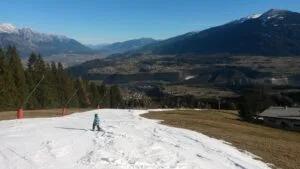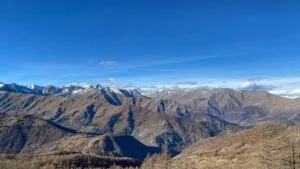Abstract/Description
The Upper Indus Basin (UIB) is characterized by contrasting meteorological behaviors; therefore, it has become pertinent to understand the meteorological trends at the sub-basin level. Many studies have investigated the snow-covered area along with meteorological trends at the basin level. Still, none have reported the spatial variability of trends and their magnitude at a sub-basin level. This study is conducted to monitor the seasonal trends in the snow-covered area and climatic factors (temperature and precipitation) in the Hunza region of the Upper Indus Basin (UIB). Summer and winter seasons were selected because temperature and precipitation during these two seasons are the key factors for snow cover variation in the region. Mann-Kendall and Spearman methods were used to study the seasonal trends and their magnitude using MODIS snow cover information (2000–2020) and meteorological data. The results showed that during the summer season, SCA and precipitation showed a non-significant (p=0.05) decreasing trend with a value of -0.0095 km²/month and -0.191 mm/month, respectively, while the temperature showed a non-significant increasing trend with a value of 0.315°C/month. While, during the winter seasons, SCA and temperature showed a non-significant increasing trend with a value of 0.114 km²/month and 0.117°C/month, respectively, and precipitation showed a significant increasing trend with a value of 0.436 mm/month. In general, the snow-covered areas of the Hunza region have an increasing trend during the winter season, while the summer season has a decreasing trend of snow-covered areas. Based on the results of this study it can be concluded that since the Hunza sub-basin of the UIB is influenced by a different climatological system (westerly system) as compared to other sub-basins of the UIB (monsoon systems), the results of those studies that treat the UIB as one unit in meteorological modeling should be used with caution. Furthermore, it is suggested that similar studies at the sub-basin level of the UIB will help in a better understanding of the Karakoram anomaly.


